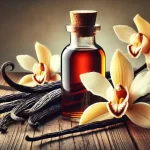Vanilla has earned its place as one of the most valuable and expensive spices worldwide. This high price is not a matter of chance, but the result of multiple factors ranging from the complexity of its cultivation to the laborious processes of harvesting and curing. Below, we will explore the main reasons why vanilla is so expensive, structured in a clear manner to facilitate understanding and search engine optimization.
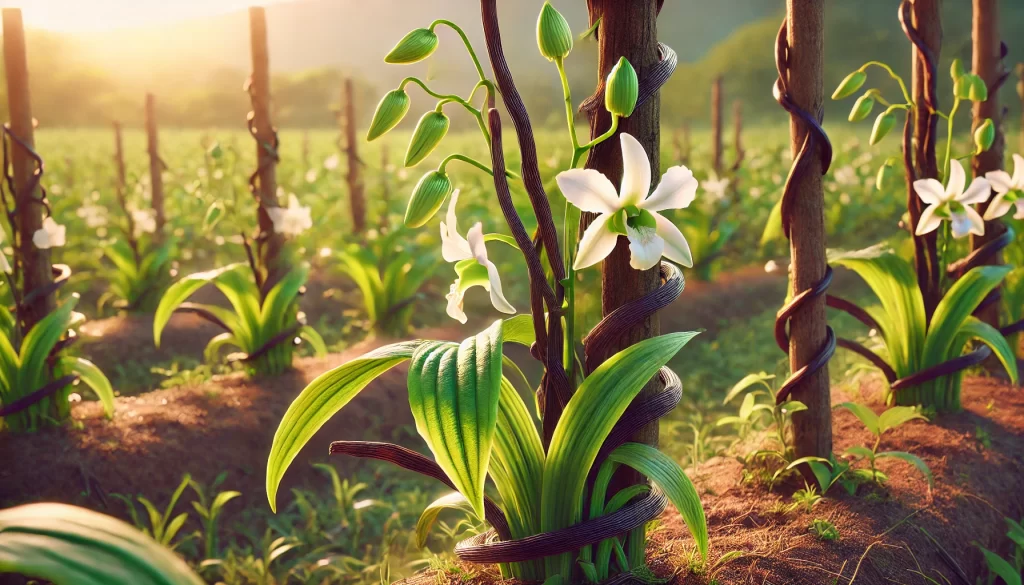
Manual Pollination Process
One of the most critical and costly aspects of vanilla production is its manual pollination. Outside of Mexico, the absence of natural pollinators such as melipona bees forced growers to transfer the pollen from each flower by hand.
- Intensive labor: Each vanilla flower must be pollinated manually in a short period of time, which requires specialized personnel.
- Cost impact: This meticulous and slow process significantly increases production costs, contributing to the high final price of the spice.
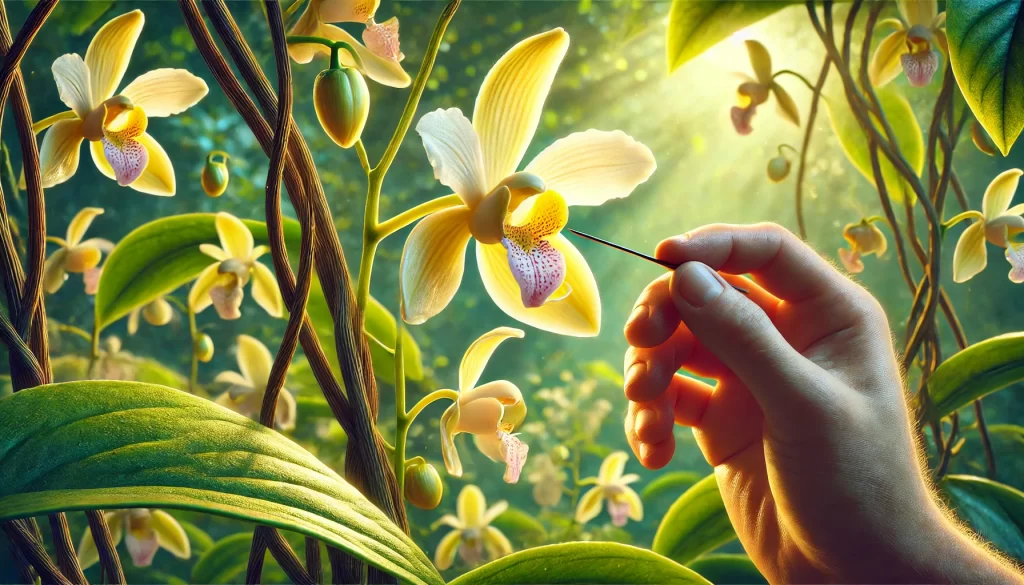
Specific Cultivation Conditions
Vanilla is a tropical orchid that demands very particular environmental conditions:
- Climate and humidity: It requires warm and humid climates, partial shade, and careful irrigation management.
- Infrastructure investments: Creating and maintaining these optimal conditions involves the use of technologies, irrigation systems, and support structures, increasing operating costs.
These specific conditions increase the initial investment and ongoing expenses, influencing the price of vanilla.
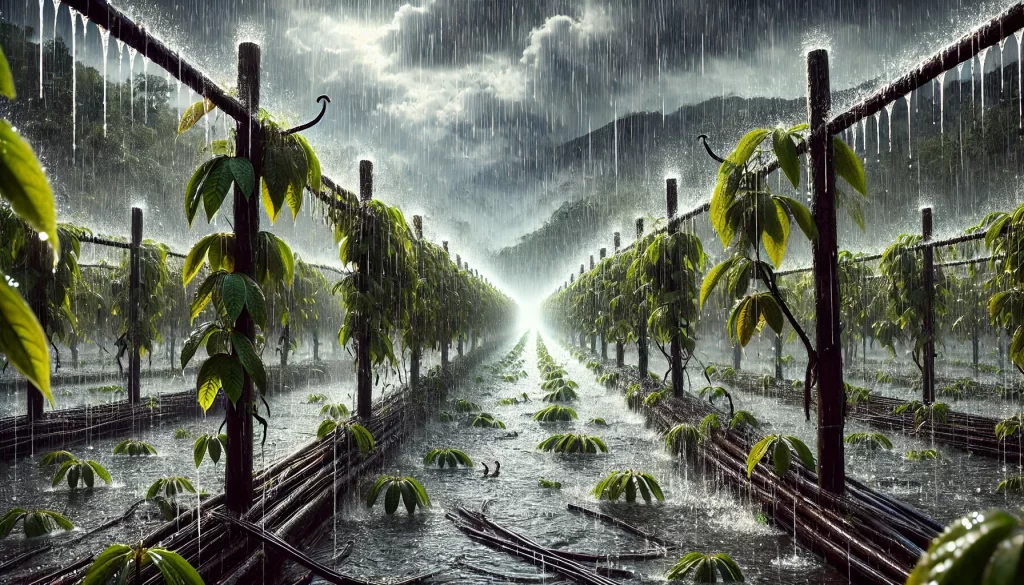
Long Production Cycle
The life cycle of vanilla is extensive:
- Time until first harvest: From planting, it can take 2 to 3 years before the first production.
- Curing process: After harvest, the green pods must undergo a curing process that lasts months, involving manual and specialized work.
This long period between investment and economic return increases financial and maintenance costs, reflected in a higher price for the final product.
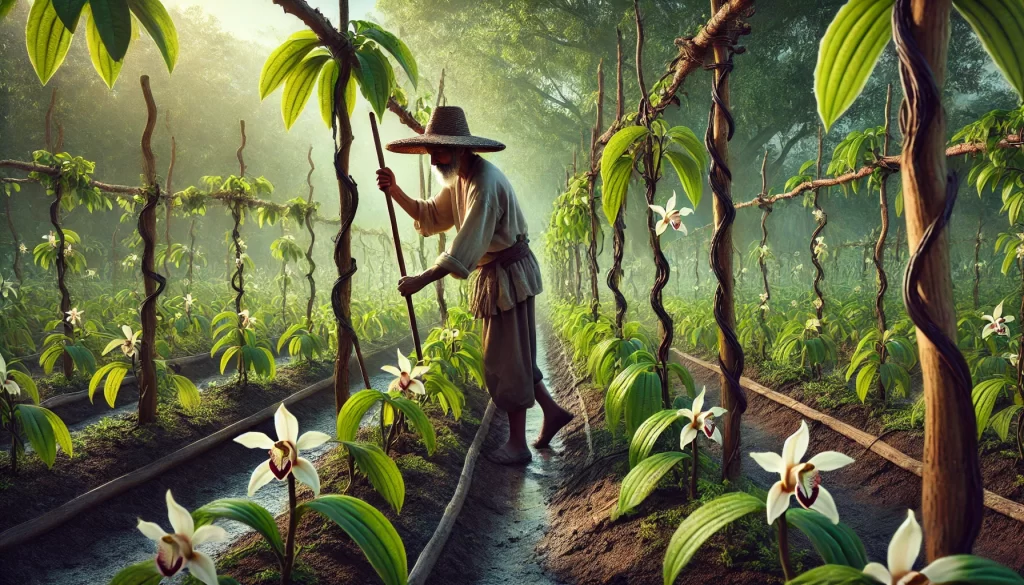
Intensive and Specialized Labor
Growing vanilla requires:
- Constant care: From manual pollination, pruning, supporting the vines, pest and disease control, to harvesting.
- Trained personnel: The need for specialized and trained labor increases expenses in wages and training.
Each step of the process is carefully controlled, which increases the investment in human resources and, consequently, the cost of vanilla.
Harvest and Artisanal Curing Process
The quality of vanilla largely depends on the care taken during harvesting and curing:
- Selective harvesting: It requires determining the optimal time to collect the pods.
- Artisanal curing: Involves scalding, sweating, drying, and maturation, processes that can last several months and demand detailed attention.
These traditional methods, which prioritize quality, are costly and labor-intensive, contributing to the high value of vanilla.
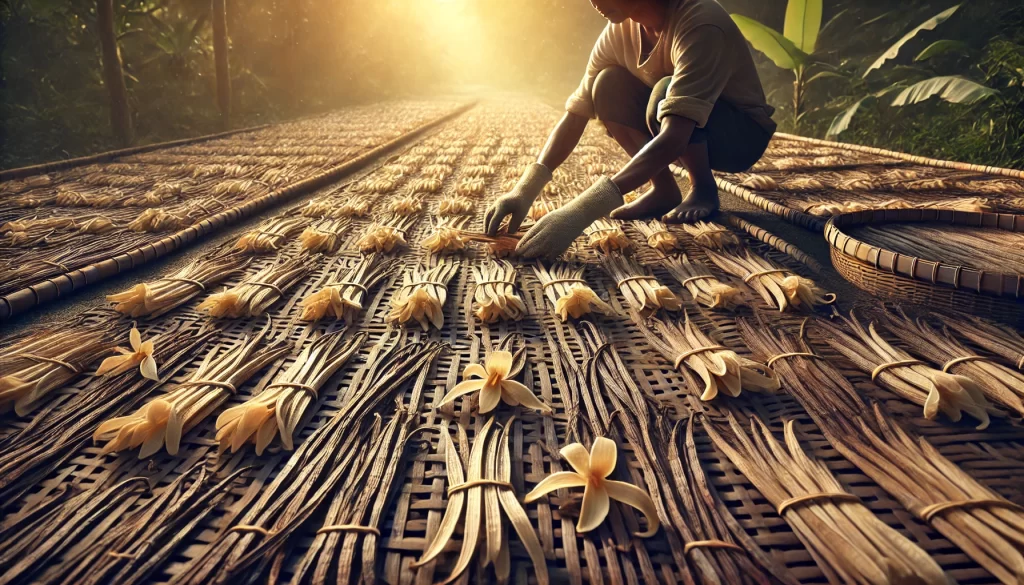
Risks and Environmental Factors
Vanilla cultivation is vulnerable to:
- Climatic variations: Changes in temperature and humidity can affect production.
- Pests and diseases: They threaten the health of the crop and can reduce the harvest.
Investments in preventive measures, insurance, and risk management, as well as the cost of potential losses, further raise the final price.
Limited Supply and High Demand
Finally, the limited supply and the high global demand are decisive economic factors:
- Restricted production: The complex cultivation process limits the amount of vanilla produced.
- High demand: The global appreciation of natural vanilla as an ingredient in food, perfumes, and cosmetics keeps prices high.
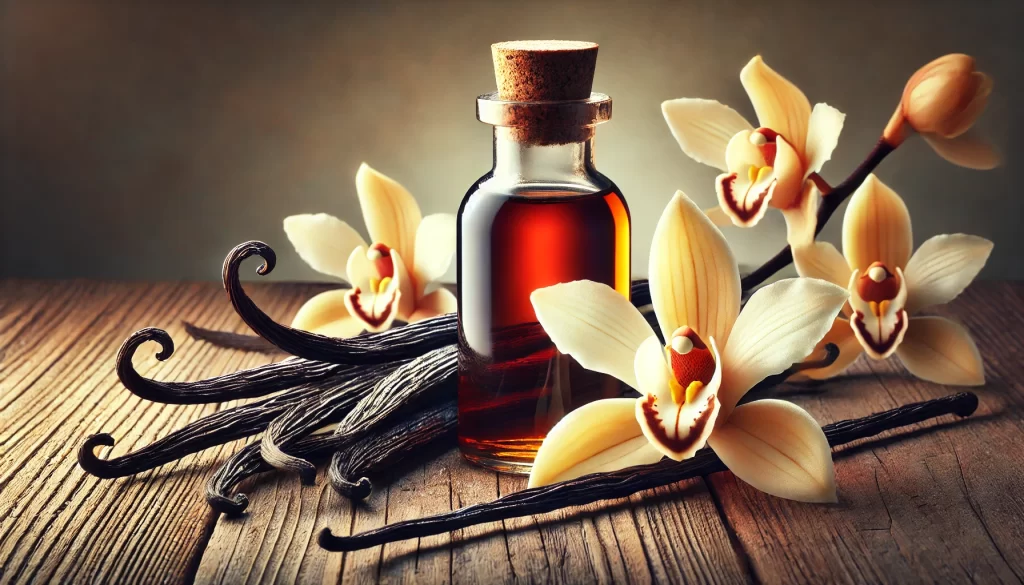
Scarcity and high demand ensure that vanilla maintains its status as one of the most expensive spices in the world.
Vanilla is one of the most expensive crops due to the combination of manual pollination processes, specific cultivation conditions, long production cycles, intensive labor, artisanal curing, environmental risks, and a limited supply facing high global demand. Understanding these factors helps to appreciate the value and complexity behind each vanilla pod that reaches the market, explaining why this highly prized spice comes with a high cost.
 AgronoBlog – Agriculture Blog
AgronoBlog – Agriculture Blog 